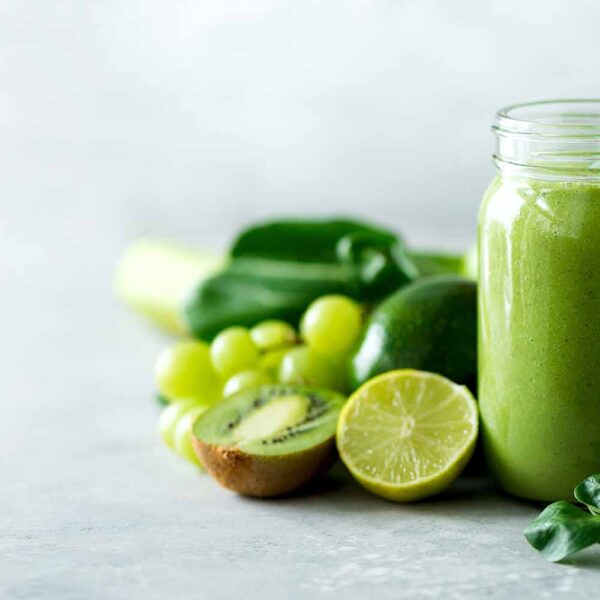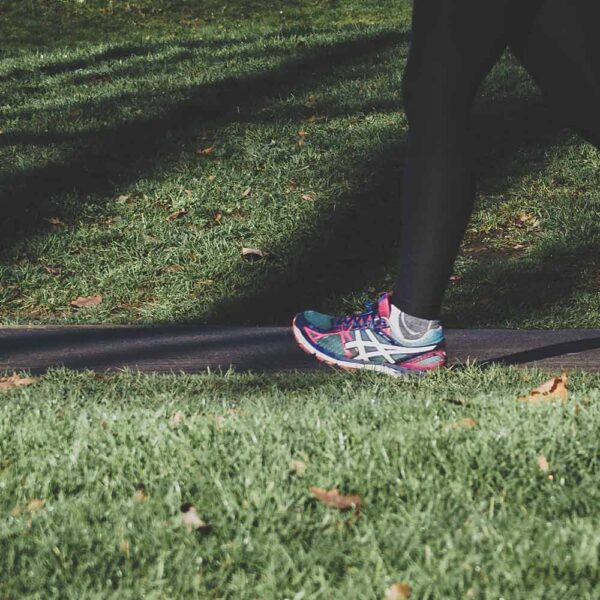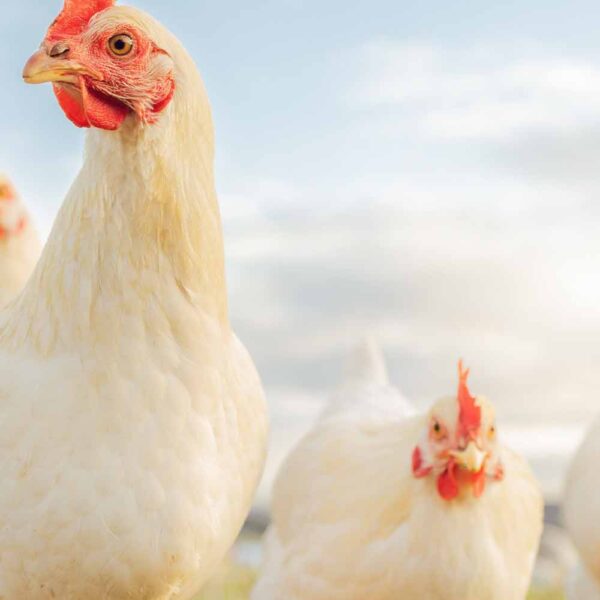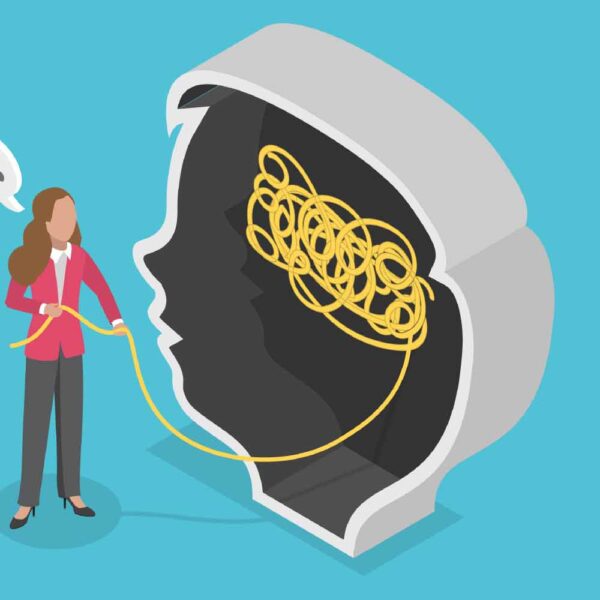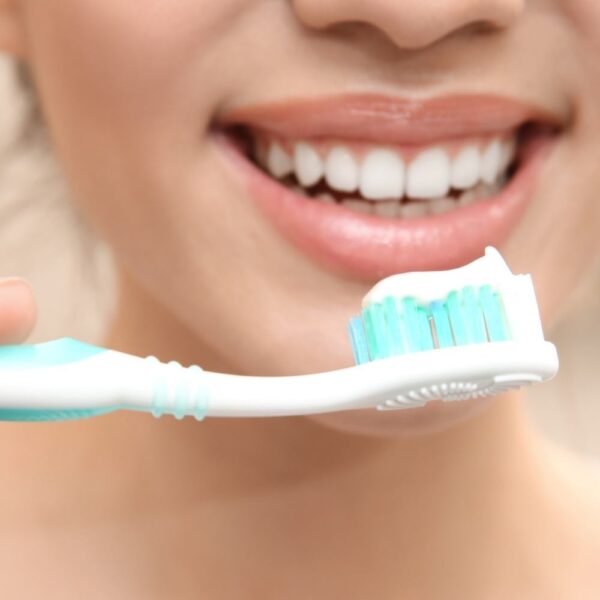ANATOMY OF A LAUGH
When we laugh, we engage our entire body in the act. At least 15 different muscles in the face are called into action, along with our respiratory system and other muscle groups. But more importantly, laughter sends serotonin levels soaring in the brain, erasing mild depression in just a few minutes.
Give happiness levels a boost
- The quickest way to feel better is to get moving. A brisk walk can get endorphins flowing, giving you the same feel-good boost as a shot of morphine, without the risk of drug addiction. Exercise helps you manage pain better and helps you sleep better
- Spread your happiness. Your happy emotions can affect others, make the people close to you happier – and make the people close to them happier. Surround yourself with positive people to remain positive too.
- Fake it until you make it. If you act happy, people see you as happy, and you see yourself through their eyes. You feel happy. Start with a smile to help you break free of the doldrums.


